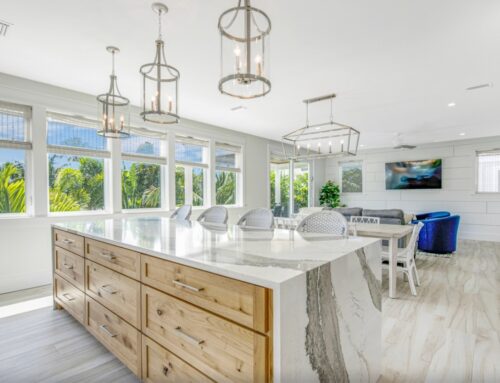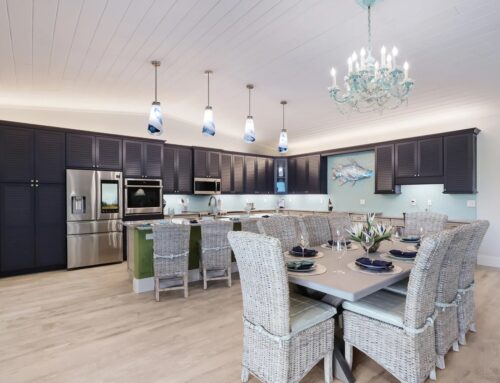Sarasota’s rich architectural history has resulted in a city full of beautiful older homes – some standing for 100 years. Purchasing a historic home gives homeowners the opportunity to live in an old-world design and preserve a bit of our city’s history. However, most of these homes are in need of some level of renovation, especially if the new owner wants to retain the style but bring function up to today’s standards. The following tips are designed to help plan a successful renovation, regardless of the age of the house – but they are especially helpful when considering a remodel or addition to historic homes.
Residential construction paradigms have evolved significantly in the last century. Integrating period-specific construction features with modern materials and capabilities requires professional assistance, instinct, and experience.
- Expect The Unexpected – And Budget for It: Any renovation is sure to present unexpected issues throughout the construction process, but this is especially true with an old home. Therefore having a contingency line item in your budget is not only necessary, it should be non-negotiable. The appropriate dollar amount will vary based on the condition of the home and how much is known about what is behind the walls. A fixed-price contract is rarely conceivable in a historic renovation, and it doesn’t protect the homeowner from change orders that are sure to take place.
- Take Time to Select Your Team: The most impactful decision you’ll make in any home renovation is who will be your partner in the project. The seamless collaboration of builder, architect, and interior designer can make or break your renovation. When choosing your team, look for local reputation, positive reviews, and experience in historic renovations. Architects and interior designers, in particular, understand the significance and beauty of a historic home and can recommend appropriate changes and updates that lead to a sophisticated and cohesive home that honors its inherent tradition.
- Plan for 100 More Years: Homes slated for historic renovation likely have structural issues such as foundation cracks, past or present water infiltration, or rotten framing. Depending on the maintenance history of the home, mechanical updates such as old pipes or outdated electrical systems may also be prevalent. When planning a home renovation, prioritize these “unglamorous” items over desired cosmetic updates. Tackling the big issues first will prevent having to plan another renovation before too long.
Significant Issues With Historic Homes
Prior to complete demolition and construction, an investigative surgical demolition can help to uncover some hidden dangers. Testing and abatement protocols may be needed to deal with hazardous building materials used in the past. These may include:
- Asbestos: Houses constructed before the 1980s may contain asbestos, which was a component of textured paint, spray-on insulation, floor tiles, and pipes. When these elements are destroyed or removed, asbestos can be released into the air. Asbestos can cause lung damage to workers or residents in the home.
- Lead: The Environmental Protection Agency (EPA) estimates that most homes built before 1940 contain lead-based paint, a material that can cause both physical and cognitive issues in children and pregnant women.
- Mold: Past or current water infiltration is common in historic homes, which can produce dangerous mold and mildew.
- Knob-and-Tube Wiring: This popular wiring (used until the 1930s) is still acceptable under many current electrical codes – but it is not appropriate for modern electrical needs. It does not offer a grounding pathway, so it is apt to damage contemporary electronics. It is not compatible with three-prong outlets, which most appliances now require. Also, any damage or deterioration to the coating could expose a live wire and risk an electrical fire.
A Sarasota Architect Can Help
At JTL Studios, we have experience in luxury home building, custom renovations, and inspiring interior design. In other words, our team has all the knowledge and skill you need for every step of your historic home renovation. Call today to learn more!





